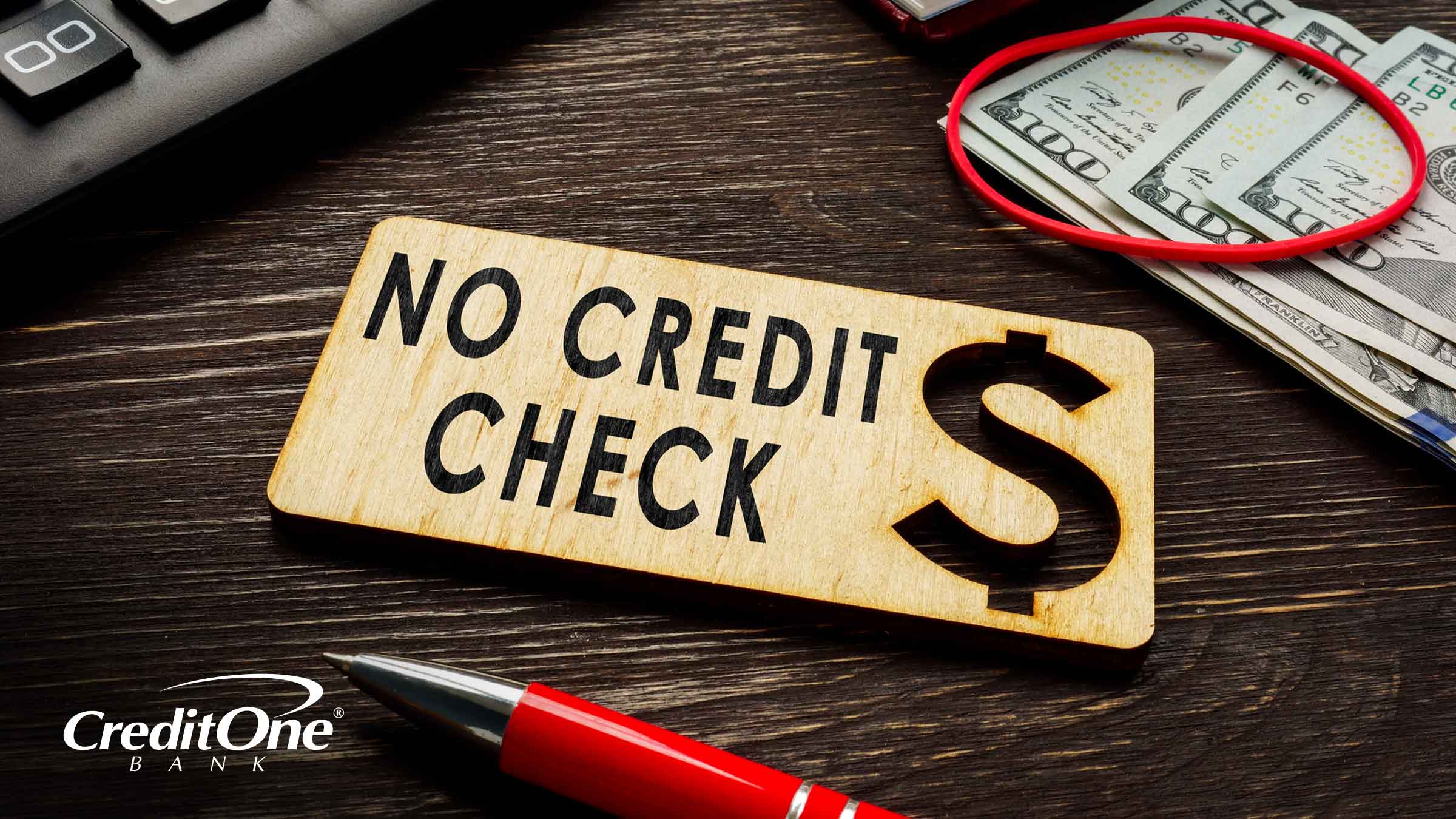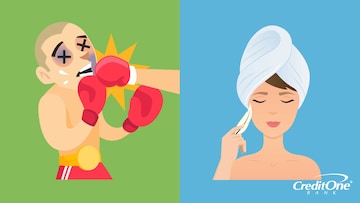Is It Possible to Get a Credit Card Without a Hard Pull?
February 07, 2024
A hard pull can lower your credit score, so it’s best to avoid too many. But can you get a credit card without one?

In this article:
- Introduction
- What’s the Difference Between a Soft Pull and a Hard Pull On Your Credit?
- Is It Possible To Get a Credit Card Without a Hard Pull?
- How To Check Your Odds of Getting Approved for a Credit Card Without Hurting Your Credit Score
- How Many Credit Cards Can You Apply for Without Hurting Your Credit?
- Bottom Line
Introduction
One of the best things about applying for a credit card is getting a new line of credit. One of the worst things is putting a ding on your credit score. This is especially troubling if you have a lower score to begin with, because you’re trying to build your credit up … not tear it down.
So it’s important to understand the difference between hard and soft pulls, when they happen, and what effect they have. This lets you be strategic in protecting your credit.
What’s the Difference Between a Soft Pull and a Hard Pull On Your Credit?
A soft pull — also called a soft inquiry or soft credit check — is a peek at your credit report that doesn’t affect your credit score in any way. This can happen when you request your own credit report, when a potential employer checks your credit history, or when a lender or creditor wants to know if you might be pre-approved or pre-qualified for a specific loan or credit card.
Pre-approval and pre-qualification are both “prescreened” offers, but you get pre-approved by a credit card company before they mail you an invitation to apply. Pre-qualification is usually something you trigger yourself by clicking on a link to “see if you pre-qualify” for a card.
A hard pull — also known as a hard inquiry or hard credit check — is an official request for your current credit report. Whereas anything may have happened since a soft pull was made, a hard pull happens right before a decision is made. So it gives the creditor all the up-to-date info they need to approve or deny your application.
You’re the only person who can see soft pulls on your credit report, and it doesn’t matter how many you have. But hard pulls go on your official report, stay there for two years, and can lower your credit score slightly for up to a year. This is one of the things creditors are looking for when deciding whether or not to approve your application, and having too many hard pulls is interpreted as being desperate for credit. As a result, that one indication alone could cause you to be declined — which is yet another reason you want to avoid hard inquiries.
Is It Possible To Get a Credit Card Without a Hard Pull?
It’s possible to see if you pre-qualify for a card without a hard pull. When you submit a request to pre-qualify, a soft inquiry lets you know if you’re likely to be approved or not. But if you actually apply for that card, you almost always trigger a hard inquiry.
The one exception to getting a card without triggering a hard pull is a secured card. Not all secured cards let you start without a credit check, but some do. The assumption is that if you’re putting down your own money as collateral for a secured card, you’re very unlikely to default on that card. But since the deposit doesn’t pay for your charges, some card issuers still feel it’s too big a risk not to run your credit.
Once you’ve got a secured card and spent some time making on-time payments to build your positive payment history, you can usually graduate to an unsecured card and get your deposit back. And that whole process will have likely boosted your credit score in the meantime.
How To Check Your Odds of Getting Approved for a Credit Card Without Hurting Your Credit Score
You can’t exactly check your odds, because creditors don’t reveal your chances of getting approved after you’re prescreened. However, if you do successfully pre-qualify, or receive a pre-approval offer, you’re relatively likely to be approved. And if you get turned down when pre-qualifying, you’ll almost definitely get declined.
While that language is kind of vague, the fact is that there’s no guarantee you’ll be approved, even if you receive a pre-approval offer or get told you’re pre-qualified for that card. And you can’t calculate your exact odds. But it is a good indicator, and going through the pre-qualification process before applying is always recommended. Then you can choose which of your pre-approved offers you want to apply for.
Having said that, some card aggregator sites will tell you your chances of being approved based on your credit score. You might see that you have an “excellent chance of approval” or a “fair chance of approval,” for example. And sometimes when you apply for a card but get turned down, you’ll be offered a secondary product that might be better suited to your situation.
How Many Credit Cards Can You Apply for Without Hurting Your Credit?
Each application will likely cause your score to decrease slightly, but it’s usually only by about five points. To minimize the impact, you should wait at least three to six months between credit card applications.
Keep in mind that if your score goes down slightly when you apply for a card, it’s not necessarily the end of the world if you’re approved. Because then you have more credit, which can help you keep your credit utilization low, and that has a positive impact on your score.
So it’s a balancing act and the two things could cancel each other out. In fact, the extra credit might be a bigger positive than the small ding was a negative, so your score could actually go up. Just keep in mind that you should only charge up to 30% of your credit limit if you want to keep a healthy credit utilization ratio.
Bottom Line
It’s generally not possible to get a credit card without a hard pull unless it’s a secured card. When you submit an application for credit, one of the bureaus receives a request for your credit report. And if it’s for new credit, it’s automatically classified as a hard pull.
However, receiving a new line of credit can actually help boost your credit score, especially if you don’t max it out. So the best strategy is to check if you’re pre-qualified before applying for any credit product. Then only move forward if you get good news on your pre-qualification, and spread out those applications over time.




